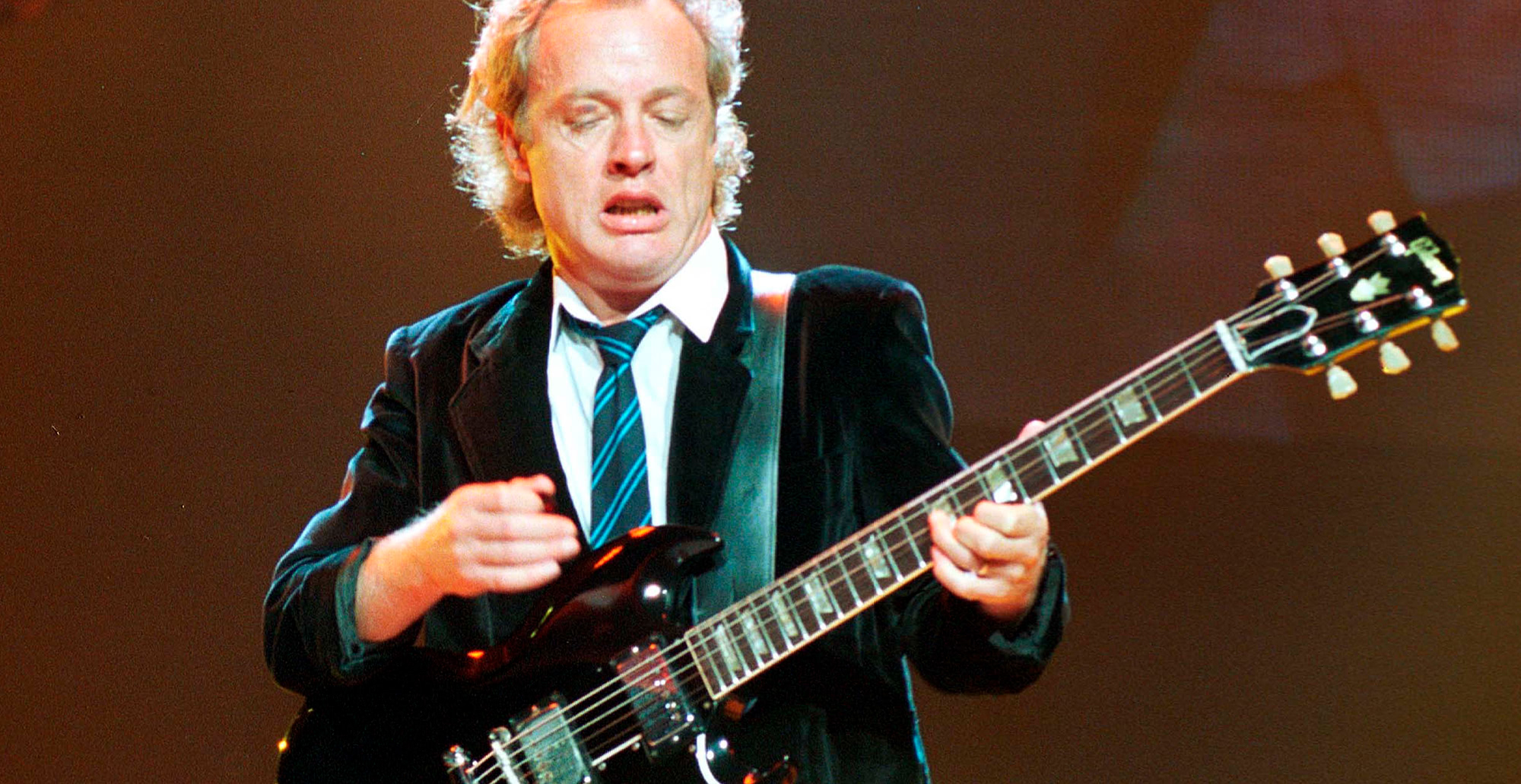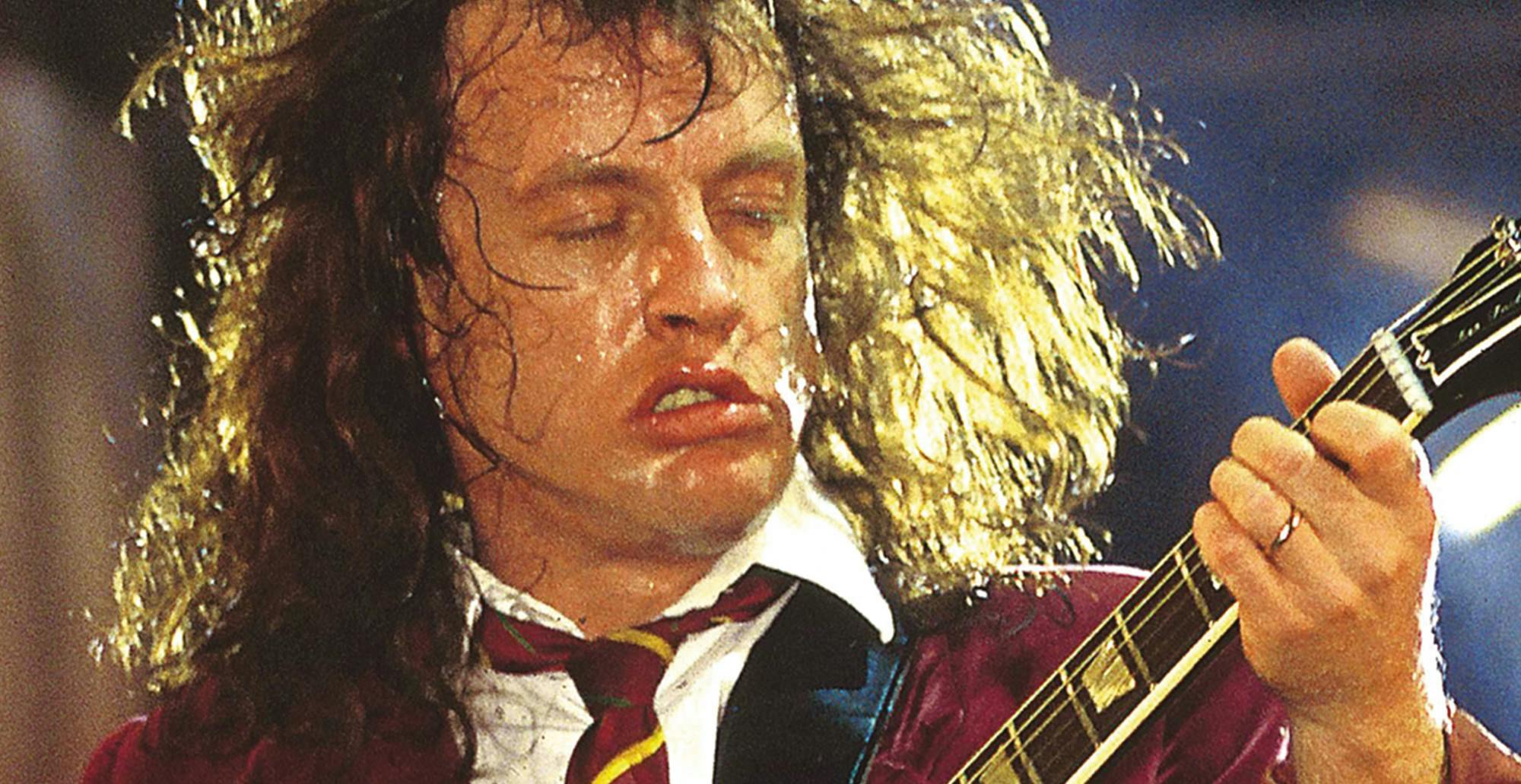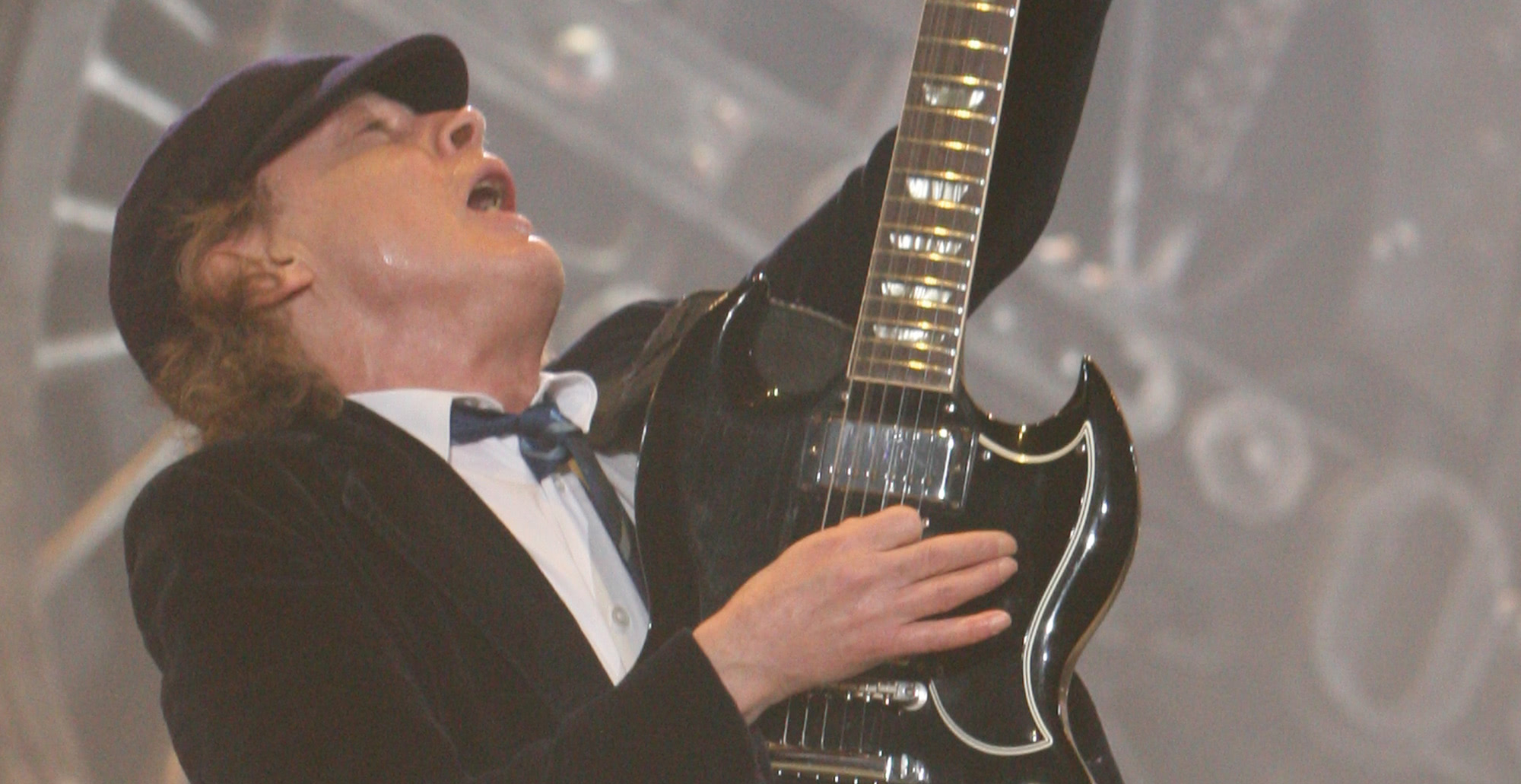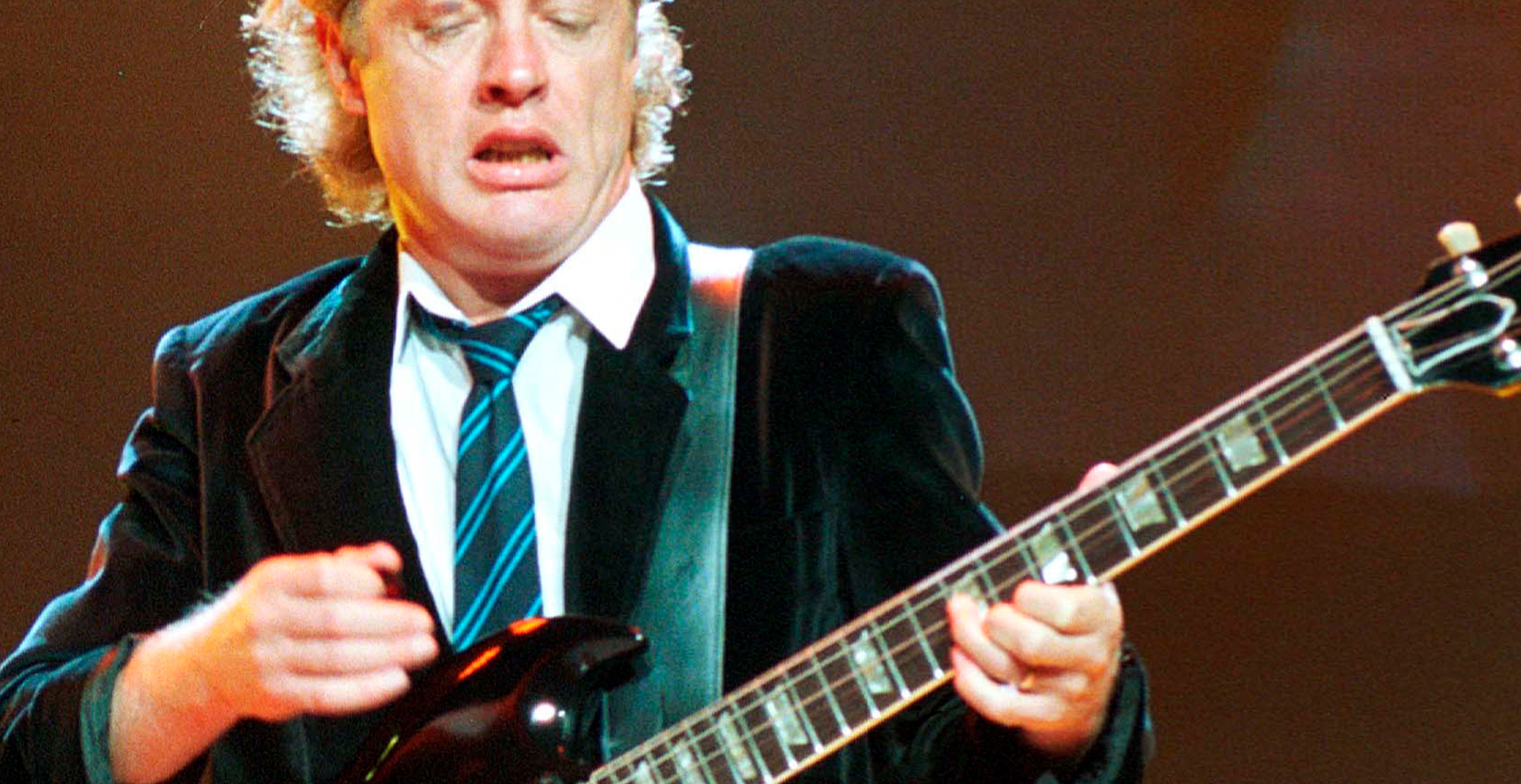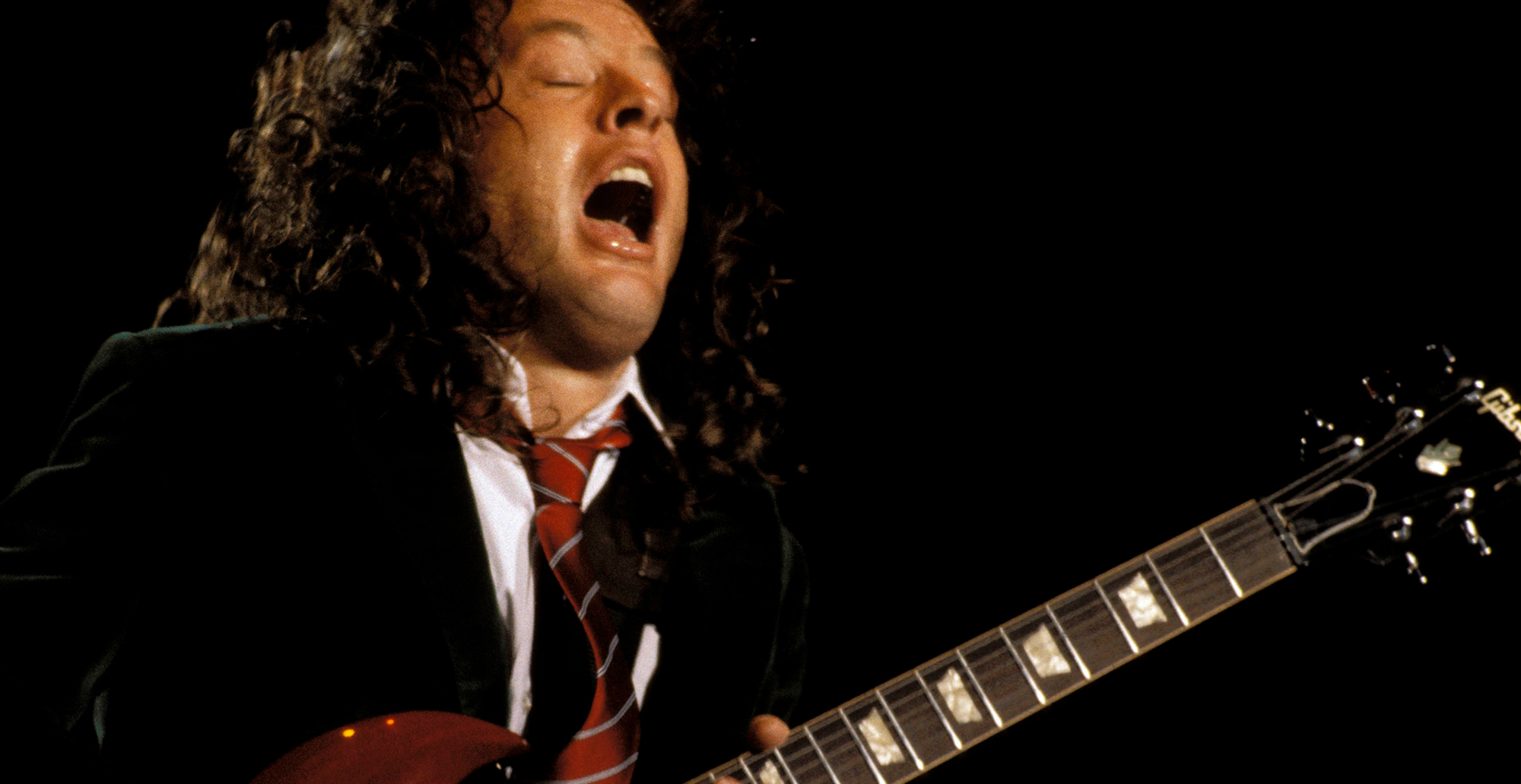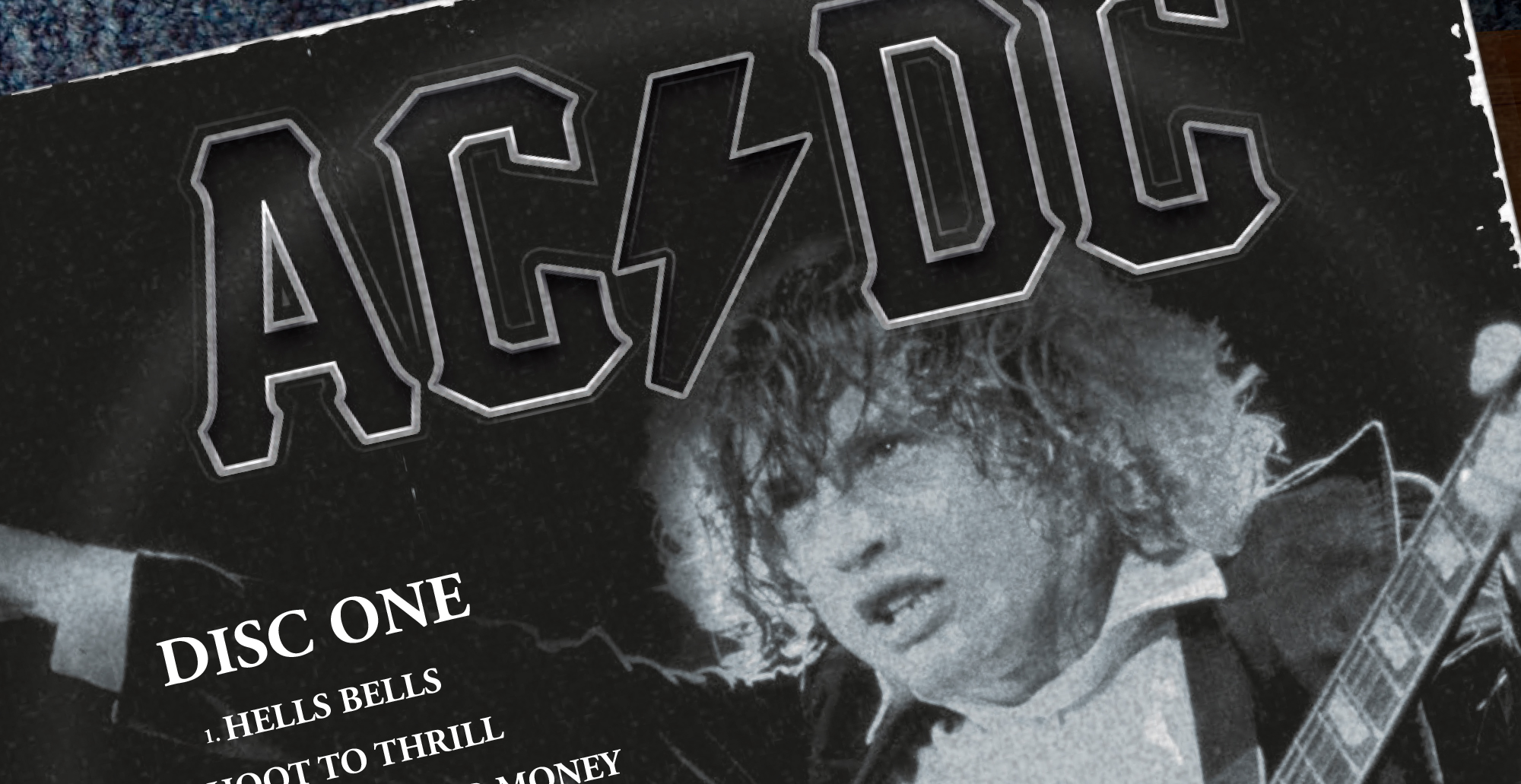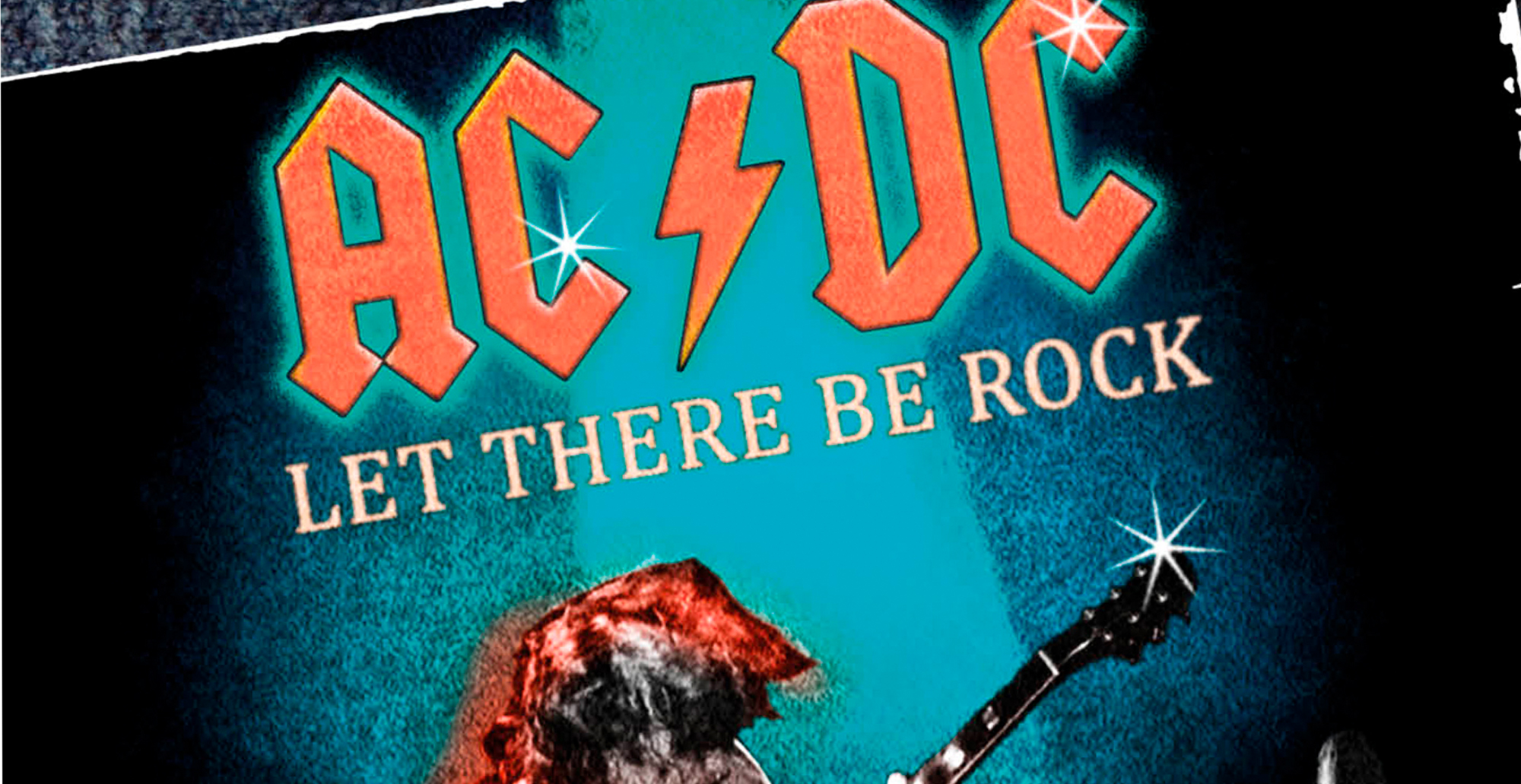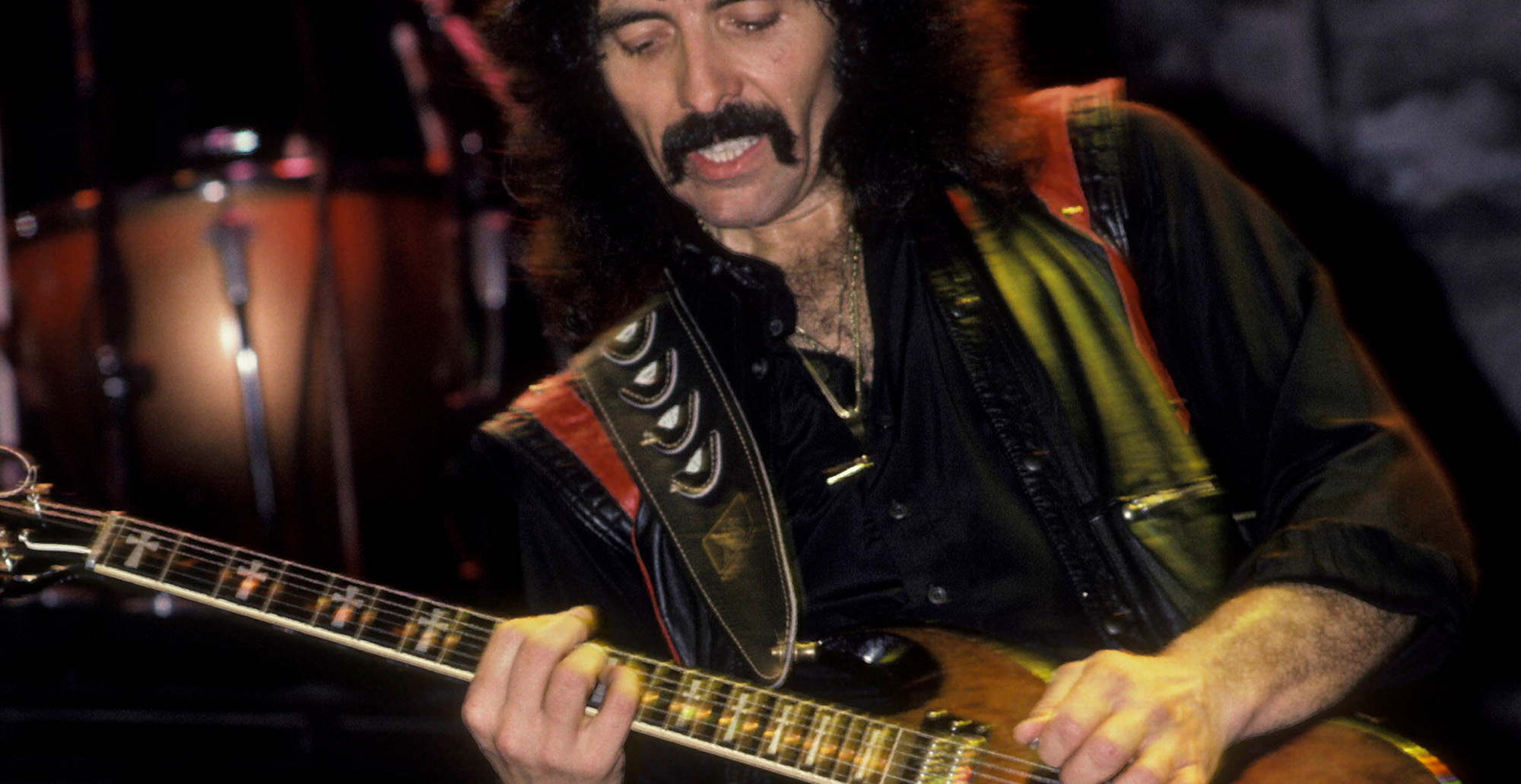Guitar Teacher's Analysis of AC/DC's "Riff Raff" from 'Powerage'
If you're a guitarist who loves the raw energy and gritty blues-rock sound of AC/DC, then "Riff Raff" from their album 'Powerage' is a must-learn track for your repertoire. In this analysis, we will dive deep into the song, covering the guitar chords, scales, a thorough breakdown of the guitar solo, and a spotlight on the lead guitarist's playing style. So, grab your guitar, crank up the amp, and let's dissect this classic AC/DC gem.
Guitar Chords and Structure
"Riff Raff" kicks off with a signature Angus Young riff. The main chord progression throughout the song is a straightforward power chord sequence, giving it that unmistakable AC/DC heaviness. Here are the primary chords used in the song:
- Intro/Verse: A5 - D5 - A5 - D5 (Repeated)
- Chorus: A5 - G5 - D5 - A5
- Bridge: F5 - C5 - D5 - E5
- Outro: A5 - G5 - D5 - A5 (Similar to the Chorus)
AC/DC's genius often lies in their ability to create catchy, memorable riffs using just a few chords. "Riff Raff" is no exception. The song's structure follows a typical blues-rock pattern, with verses, choruses, and a bridge, making it easy to follow along and jam with.
Guitar Scales
Angus Young's lead guitar work in "Riff Raff" primarily relies on the A blues scale. This scale consists of the following notes:
- A - C - D - D# - E - G
The blues scale is the cornerstone of Angus Young's signature style. It's the secret sauce behind those wickedly expressive bends and gritty licks that define his playing.
Guitar Solo Analysis
Now, let's dissect the iconic guitar solo in "Riff Raff." Angus Young's solo is a masterclass in rock guitar phrasing and technique. Here's a breakdown of the key elements:
- Bends: Angus Young's bends are legendary, and you'll find plenty of them in this solo. They add emotion and attitude to his playing, and you can hear them crying and wailing throughout the solo. Check out the vibrato technique he employs to add even more character to his bends.
- Alternate Picking: Young's solo features precise alternate picking that gives his lines a sharp, staccato feel. This technique is essential for achieving that lightning-fast AC/DC sound.
- Legato: Angus also incorporates some legato (hammer-ons and pull-offs) to smoothly connect his notes. It creates a sense of fluidity in his solo, allowing him to switch between fast runs and sustained notes seamlessly.
- Pinched Harmonics: At various points in the solo, Angus Young employs pinched harmonics to add an extra layer of aggression and squeal to his notes. It's a technique that requires precision and adds a distinct flavour to his sound.
- Trills: Trills are a hallmark of Angus Young's playing style. These rapid hammer-on/pull-off combinations create a frantic, energetic feel in his solo lines. You'll find them sprinkled throughout his performance.
- Tremolo Picking: In certain sections of the solo, Young uses tremolo picking to produce rapid-fire, machine-gun-like bursts of notes. It adds intensity and dynamics to the solo.
The solo in "Riff Raff" showcases Angus Young's virtuosity in crafting memorable, bluesy, and fiery guitar lines. It's a lesson in how to infuse emotion and attitude into your playing while maintaining a strong connection to the song's overall vibe.
Angus Young's Playing Style
Angus Young, the lead guitarist of AC/DC, is renowned for his unique and electrifying playing style. His approach is deeply rooted in the blues, but he injects it with a high-voltage, rock 'n' roll energy that's instantly recognisable. Here are some key aspects of Angus Young's style that you can observe in "Riff Raff":
- Bluesy Bends: Angus Young's bending technique is second to none. He can make his guitar sing, cry, and scream with his precise and emotive bends. These are a central element of his style and can be heard prominently in "Riff Raff."
- Power Chords: Young's rhythm playing, often consisting of chunky power chords, forms the backbone of AC/DC's sound. His right-hand attack and sense of timing are crucial in creating that tight, driving groove.
- High-Energy Stage Presence: When you watch Angus Young perform live, you'll notice his boundless energy and charisma. He's known for his schoolboy outfit and manic stage antics, all of which contribute to the band's legendary live performances.
- Octave Melodies: Young frequently uses octave melodies to create catchy, memorable riffs and solos. These simple yet effective patterns add a distinct flavour to AC/DC's music.
Guitar Techniques Used
Here's a summary of the guitar techniques used in "Riff Raff" with hyperlinks for your reference:
- Vibrato
- Alternate Picking
- Legato
- Pinched Harmonics
- Trills
- Tremolo Picking
- Bluesy Bends
- Power Chords
- Hammer-ons
- Pull-offs
- Slides
"Riff Raff" exemplifies AC/DC's ability to create timeless, gritty rock anthems with deceptively simple but highly effective guitar work. Angus Young's bluesy, high-energy playing, combined with the band's powerful rhythm section, makes this song a classic that continues to inspire guitarists worldwide. So, plug in your guitar, study those techniques, and rock out to one of AC/DC's finest moments with a note for note breakdown with Lick Library legend, Danny Gill.
